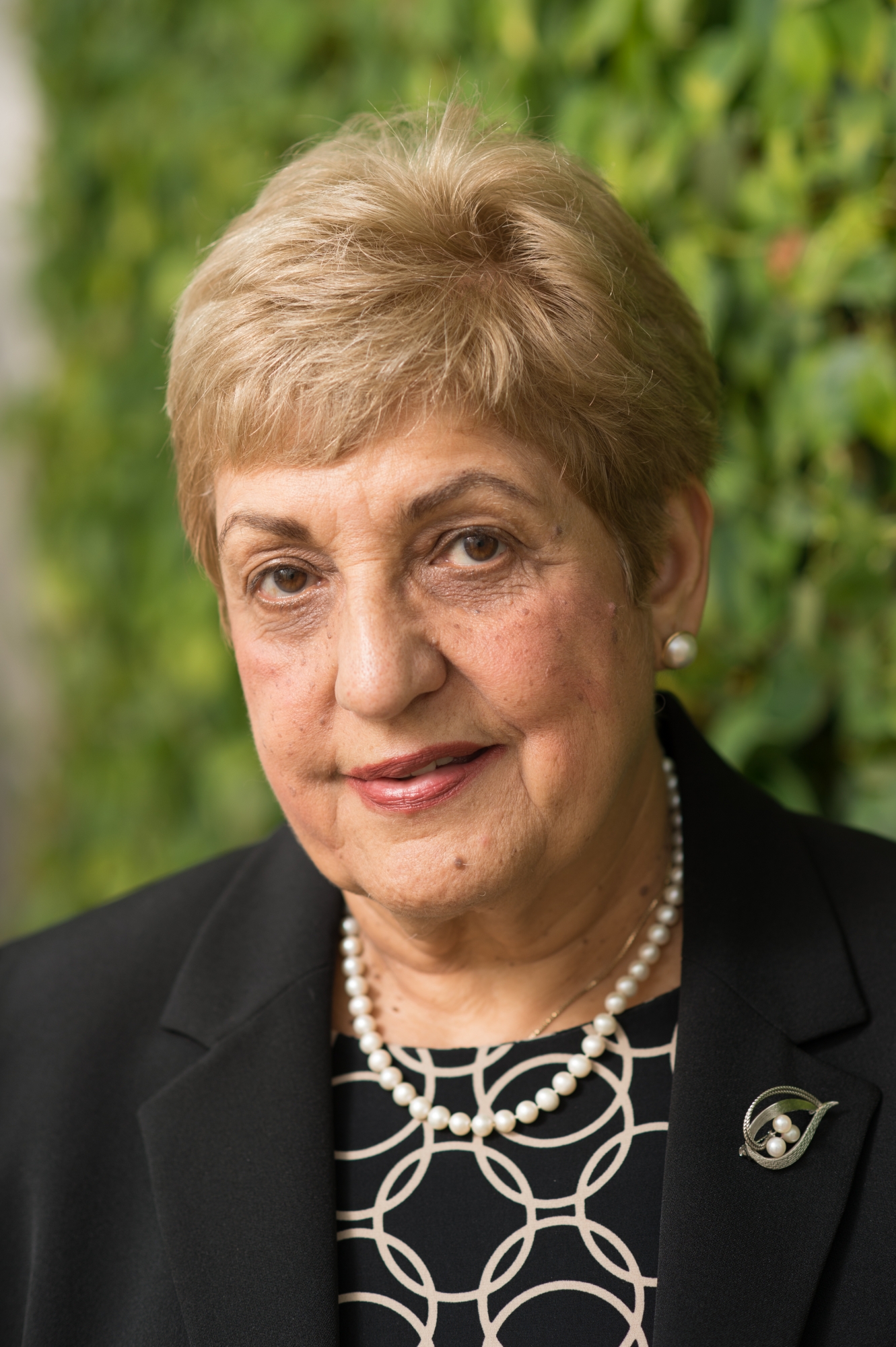Nanotechnologies
Micropropulsion and Nanotechnology Lab (MpNL)
Professor Michael Keidar's Micropropulsion and Nanotechnology Lab (MpNL) conducts advanced fundamental and applied research in micropropulsion for micro and nanosatellites, and plasma nanoscience and nanotechnology. Current projects include the synthesis of single-wall carbon nanotubes with controlled conductivity, the synthesis of graphene with controlled numbers of layers, and the manufacturing of ultracapacitor devices based on the nanotubes and graphene. Learn more about Professor Keidar.
Institute for MEMS and VLSI Technology
The Institute for MEMS and VLSI Technology research at GWU is focused on using different technologies combined with pre- and/or post-processing steps. Several devices have been realized using CMOS technology, including RF MEMS devices, power sensors, SAW gas sensors, and many others. The research group uses CMOS to add active circuitry to the sensor, hence creating a complete system. Learn more about Professor Zaghloul.
Multiscale Material Modeling Laboratory (M3 Lab)
The M3 lab conducts research in nanoscience and continuum physics. The specific research areas are: 1) multiple length/time scale modeling and simulation of multi-physics; 2) advanced finite element algorithm for finite strain nonlocal elastic-plastic material systems; and 3) biomechanics including active stress, biological growth, and solid-fluid interaction. Learn more about Professor Lee.
Computational Materials Science and Molecular Modeling Lab
The Computational Materials Science and Molecular Modeling Lab's current research focuses on several fundamental problems in computational materials science at nanometer scales, in particular, the surface and interfacial science problems. Research projects include the structure and dynamics of liquids under nanometer confinement, hydration force and hydrophobic interactions in aqueous system, the clay swelling mechanism, and nanotribology--the science of adhesion, friction and lubrication at nanometer scales. In collaboration with experimentalists, we are also working on the anti-fouling mechanism in water purification, the mechanical property of molecular junctions in molecular electronics devices, and nano-contact mechanics in the atomic force microscope. Learn more about Professor Leng.
Nanophotonics and Microfluidics Lab
The Nanophotonics and Microfluidics Lab's research interests focus on optofluidics, an emerging field integrating nanophotonics and microfluidics. On one hand, the microfluidic liquid manipulation enables novel nanophotonic properties not available with solid-state materials. For example, using this approach we have made one of the world's smallest liquid lasers on a chip. On the other hand, the on-chip integration of photonic and fluidic functions leads to highly compact and integrated biosensing devices, e.g. handheld blood analyzers. As a nascent field, optofluidics offers many opportunities awaiting exploration and holds great potential for helping realize the long-sought dream of integrated lab-on-a-chip systems. Learn more about Professor Li.
Bioengineering Laboratory for Nanomedicine and Tissue Engineering
Professor Lijie Grace Zhang's lab applies a range of interdisciplinary technologies and approaches in nanotechnology, stem cells, tissue engineering, biomaterials, and drug delivery for various biomedical applications. The main ongoing research projects include: designing biologically inspired nanostructured scaffolds for bone, cartilage, osteochondral and neural tissue regenerations; directing stem cell differentiation in 3-D biomimetic scaffolds for regenerative medicine; developing sustained drug formulations for long term and controlled drug release at disease or cancer sites; and investigating novel nano drug delivery systems with cold plasma for cancer treatments. Learn more about Professor Zhang.
Nanophotonics Lab
The Nanophotonics Lab research is investigating novel opto-electronics devices and energy-conversion solutions, primarily at nanoscale dimensions. We follow an interdisciplinary approach that draws expertise from electrical engineering, material science, and business technology management to address key questions such as next generation computing, high-efficient solar-conversion, and green-telecommunication. Our capabilities range from high speed opto-electronic device tests over rapid prototyping, to simulation analysis. Recent demonstrations include world's smallest laser and ultra-fast optical transistors for future photonic integrated circuits. Finally, our team is actively engaged in outreach and student learning programs. Learn more about Professor Sorger.








